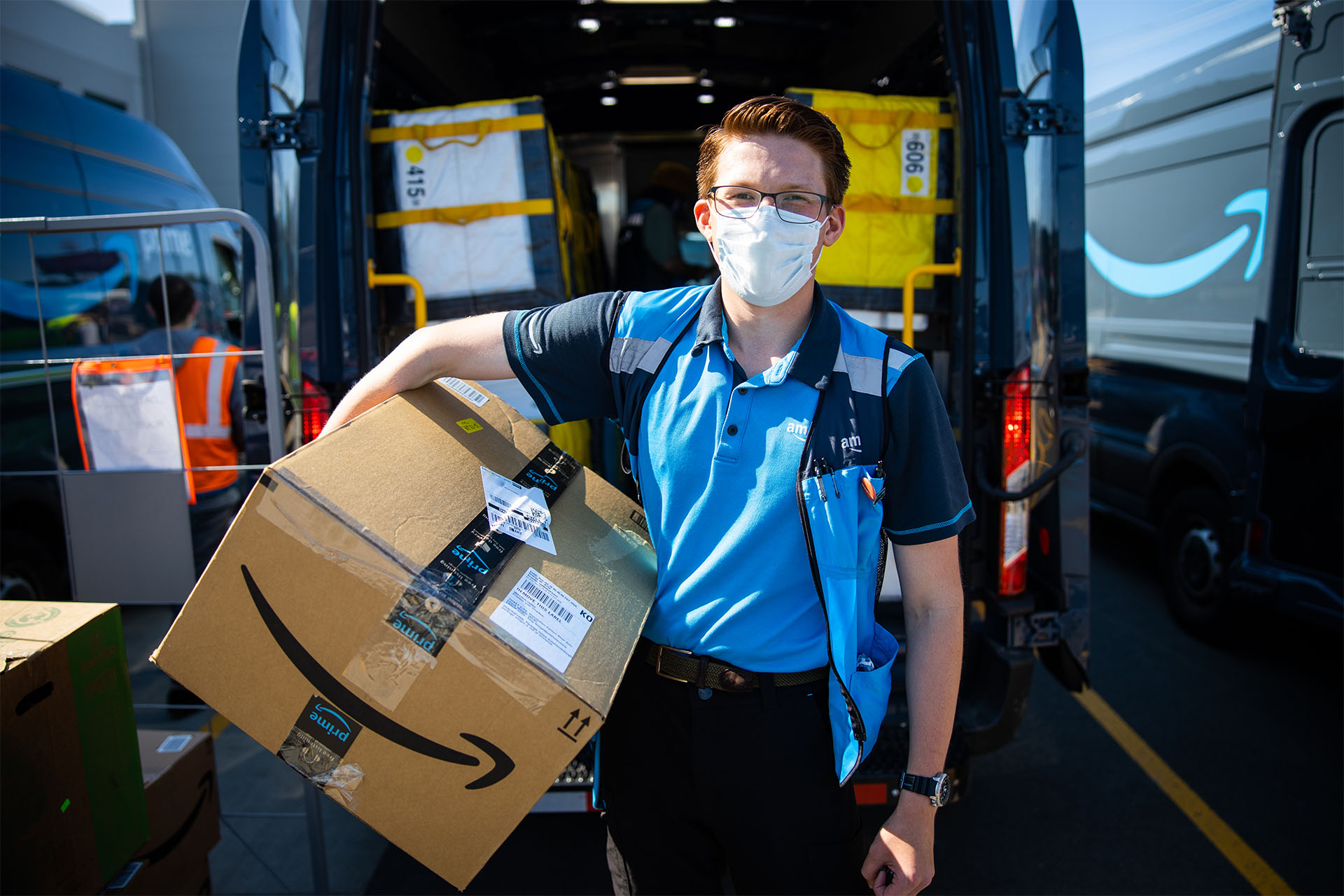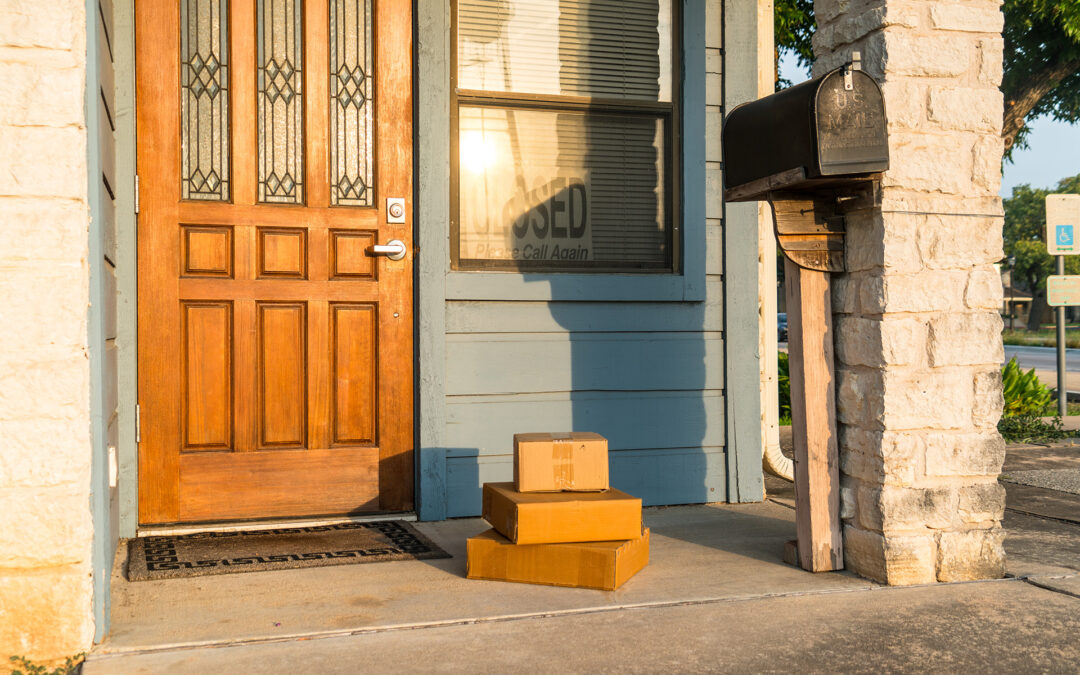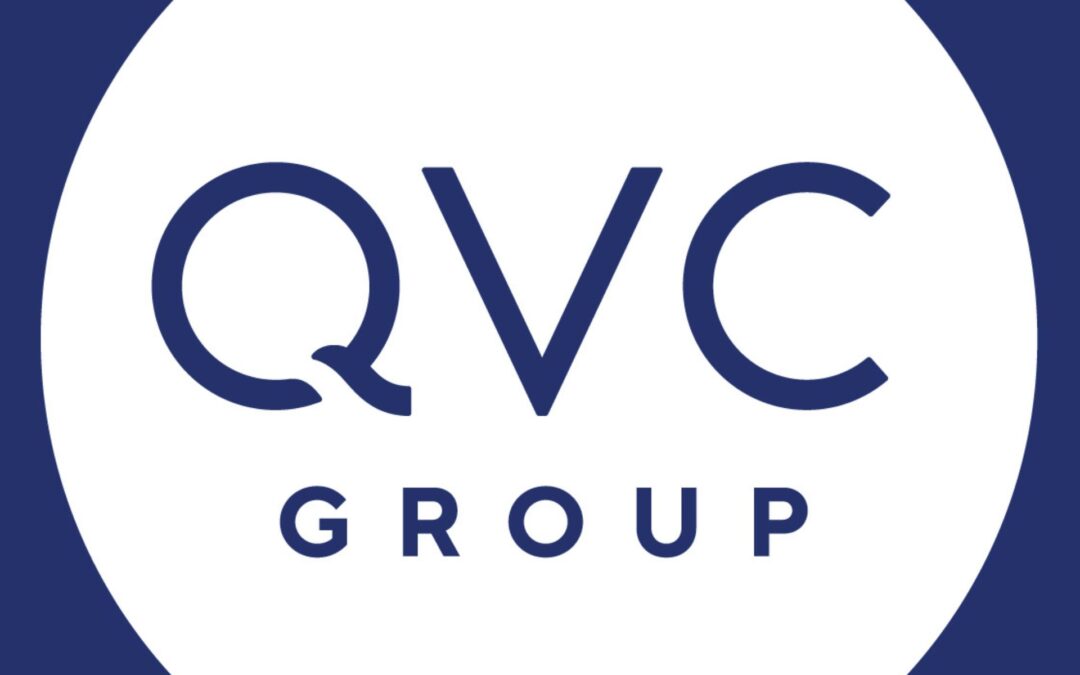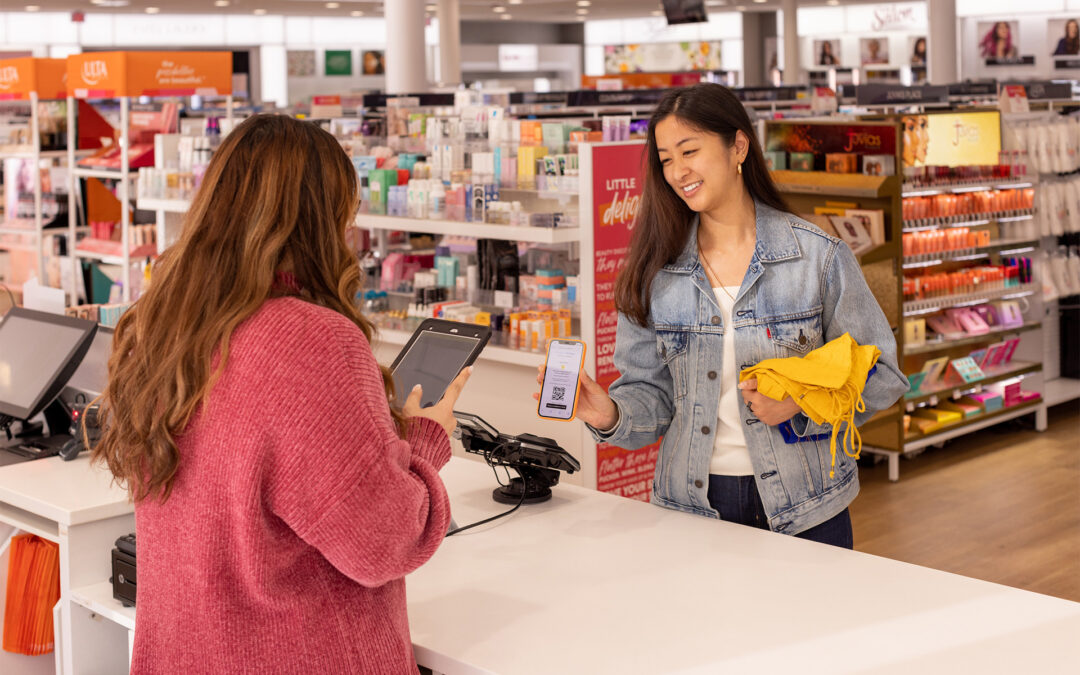Amazon posted big profits in the fourth quarter but not from retail sales, which suffered from the COVID-19 pandemic, supply chain and labor woes that the company is addressing, but in part, by raising the fee it charges for Prime membership.
As for the basic numbers, net income increased to $14.32 billion in the fourth quarter, or $27.75 per diluted share, from $7.22 billion, or $14.09 per diluted share, in the 2020 fourth quarter. However, income in the quarter got a pre-tax valuation gain of $11.8 billion from Amazon’s investment in Rivian Automotive, which completed an initial public offering in November.
Net sales increased 9%, or 10% excluding foreign exchange volatility, to $137.41 billion in the fourth quarter versus $125.56 billion in the year-before period as product sales advanced to $71.42 billion versus $71.06 billion. Operating income, hit by the pandemic, supply chain, labor and other costs, decreased to $3.46 billion in the fourth quarter compared to $6.87 billion in the year-past period, Amazon posted. Operating expenses increased to $133.95 billion versus $118.68 billion in the 2021 period. Within that metric, cost of sales, fulfillment, technology and content, marketing, general merchandise and other expenses all gained year over year. Fulfillment costs alone increased by almost $4 billion from the 2020 quarter.
In a conference call, Amazon CFO Brian Olsavsky discussed the cost issue. He said that the company suffered more than $4 billion in costs from inflationary pressures, ost productivity and operational disruption in the fourth quarter. The inflation was primarily due to wage increases and incentives as well as higher pricing from third-party carriers supporting Amazon’s fulfillment network. Lost productivity and network disruptions driven by labor capacity constraints were negative factors as well. He said Amazon expects such cost challenges to persist in the second quarter although adjusted for lower seasonal volumes versus the fourth quarter of last year. Amazon results also include approximately $1 billion year-over-year negative impacts from lower fixed cost leverage in the fulfillment network, he added.
Net sales in the North American division reached $82.36 billion versus $75.35 billion in the year-earlier period while the operating loss was $206 million versus operating income of $2.95 billion in the 2020 quarter, Amazon reported. As for the international division, net sales were $37.27 billion versus $37.47 billion and operating loss was $1.63 billion versus operating income of $363 million in the year-previous period. At AWS, net sales were $17.78 billion versus $12.74 billion and operating income was $5.29 billion versus $3.56 billion in the year-prior quarter.
A Zacks Investment Research analysis pointed out that Wall Street had sent Amazon’s stocks up on the company’s major fourth-quarter earnings per share beat of $27.74 versus the firm’s $3.98 per share estimate but added that revenues came in slightly lower than expected with notably lower revenue guidance for the current first quarter. And, of course, Amazon’s overall earnings were 80% derived from the Rivian investment, with AWS providing the rest.
In announcing the Amazon results, Andy Jassy, the company’s CEO, said, “As expected over the holidays, we saw higher costs driven by labor supply shortages and inflationary pressures, and these issues persisted into the first quarter due to Omicron. Despite these short-term challenges, we continue to feel optimistic and excited about the business as we emerge from the pandemic.”
Among Amazon’s retail highlights for the fourth quarter, according to the company, was its biggest Black Friday to Cyber Monday holiday shopping weekend sales period in the company’s history, with apparel, beauty, home and toys among the top-selling categories.
In addition:
- Third-party sellers achieved record worldwide sales in Amazon’s store during the holidays, with more than 130,000 worldwide surpassing $100,000 in sales on Amazon.
- The company announced that Amazon Style, its first-ever physical store for apparel, would open in 2022 at The Americana at Brand in the Los Angeles Metropolitan area.
- The first Starbucks Pickup with Amazon Go store opened in New York City allowing consumers who sign up for the automated payment service to grab goods and go.
- Sainsbury’s opened a SmartShop Pick & Go store in the United Kingdom, one that offers Amazon’s Just Walk Out technology for the first time at a third-party retailer outside the United States.
- Amazon partnered with Affirm to offer customers a buy now pay later alternative among its purchase options in the U.S.
- Amazon announced that later this year more than 80 million Venmo users in the U.S. will be able to use the payment method in Amazon online stores.
- Amazon expanded same-day delivery to more than 90 metro areas in the U.S. with the addition of Fort Collins, CO, and Provo, UT and, internationally, to Tokyo and 58 metro areas in Europe.





